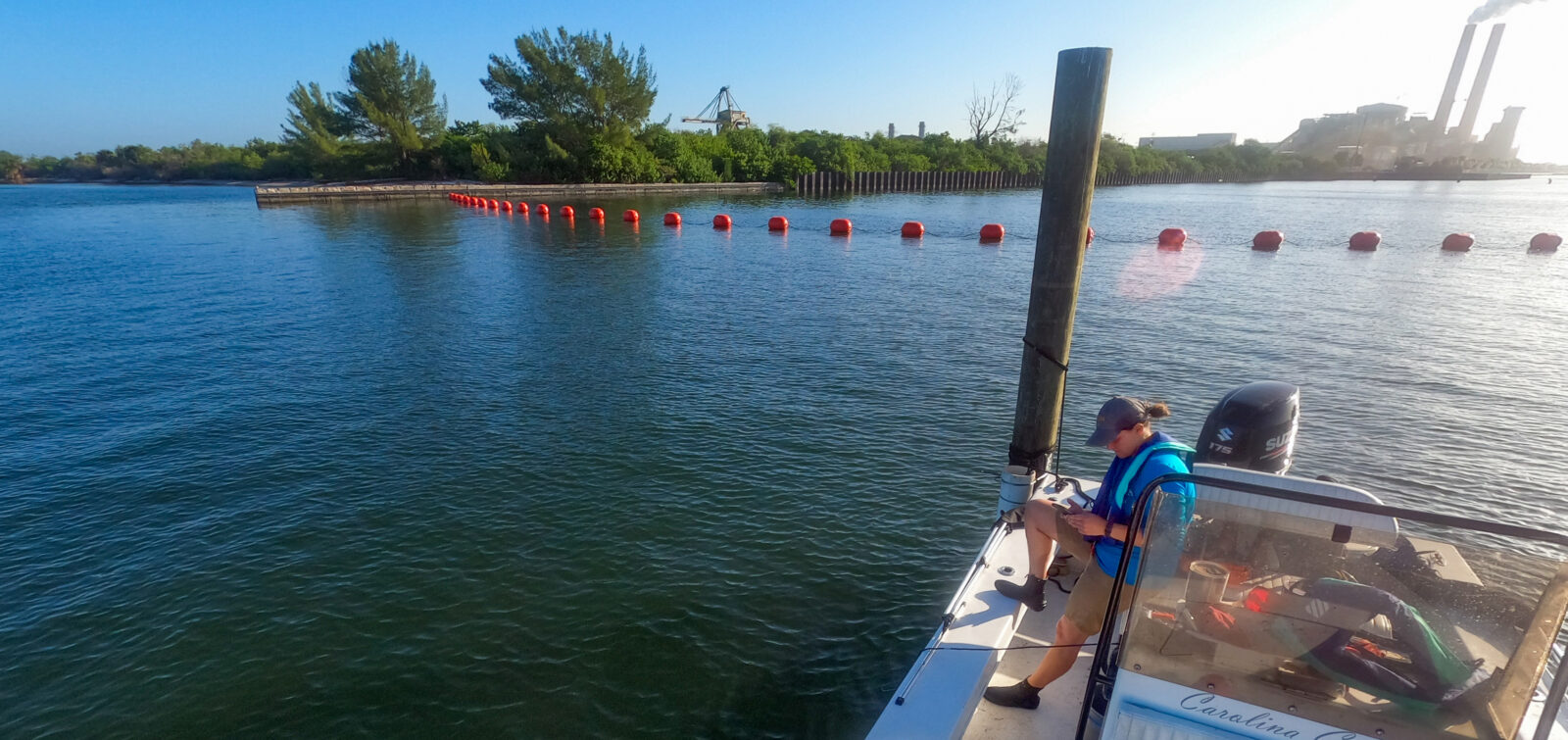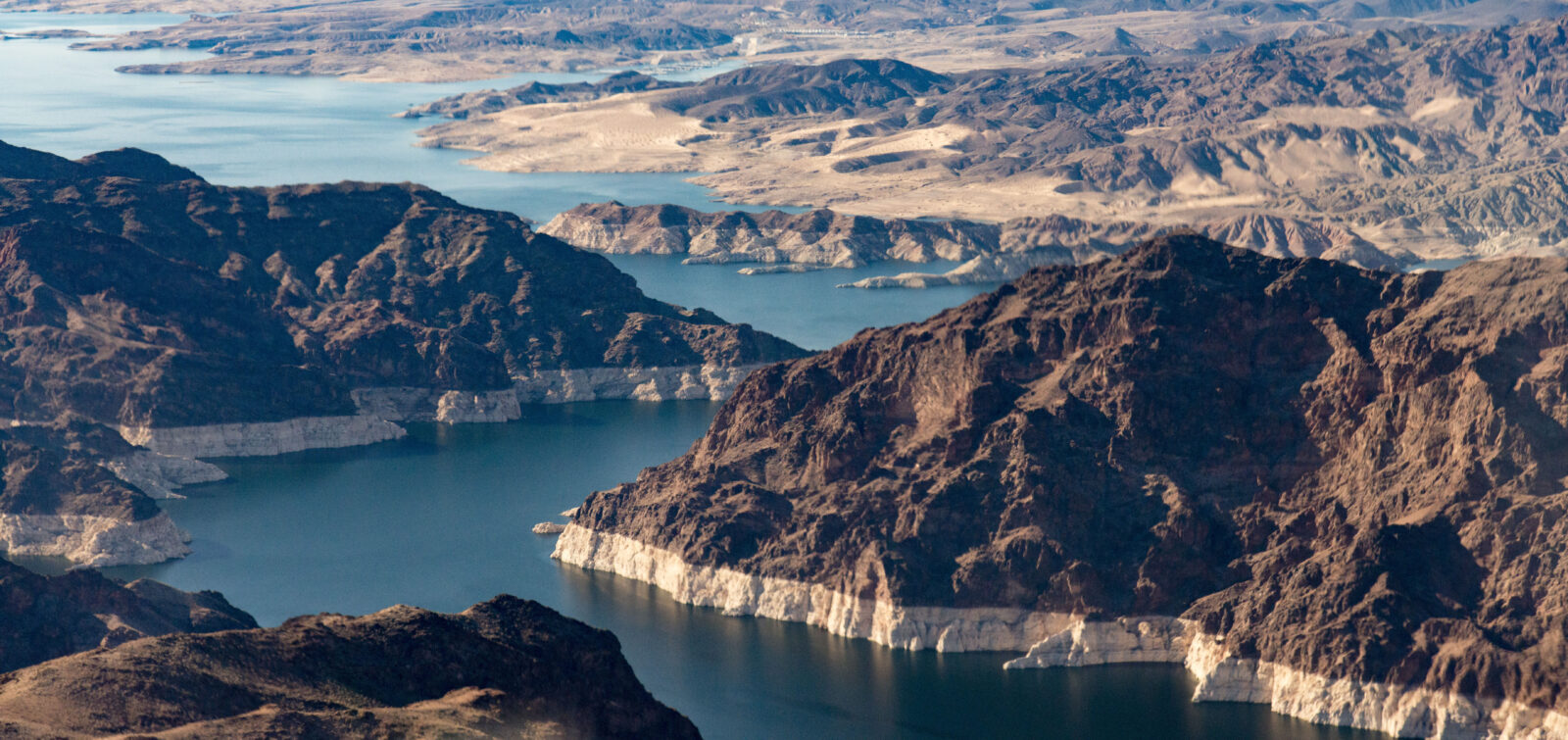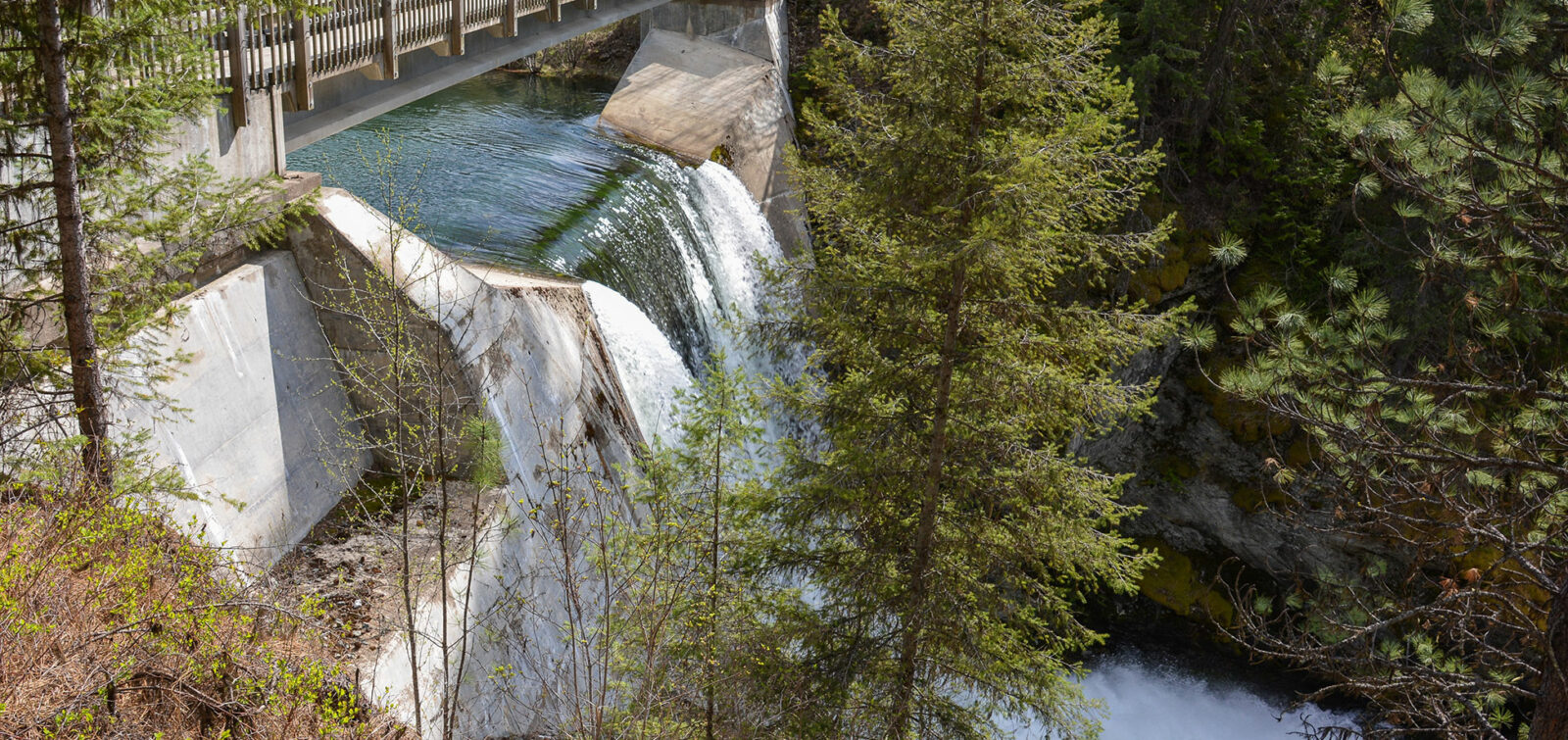Water and energy—you can’t read the news today or participate in everyday conversation without mention of these two topics. In California, myriad industries and stakeholders are concerned with finding solutions to the ongoing drought, as well as ways we can increase renewable energy production to meet that demand. What if there was a way to address both issues at once? One such solution that is currently moving forward is the installation of solar panels over irrigation canals.
This year, Turlock Irrigation District (TID) announced a first-in-the-nation pilot project to build solar panel canopies over a portion of its existing canals. Dubbed “Project Nexus,” partners to TID in the public-private-academic partnership include the California Department of Water Resources (DWR), Solar AquaGrid, and the University of California Merced. The $20 million project, funded by the State, will consist of an estimated 8,500 feet of solar panels installed over three sections of TID’s canals in Central California.
With its name a nod to its multi-benefit capabilities, Project Nexus hopes to become a template for replication across the state, helping California to achieve its ambitious water and energy goals. Existing water conveyance infrastructure will serve as the foundation for solar canopies to produce renewable energy. The water in the conveyance infrastructure has the potential to cool the solar panels, increasing their efficiency. Ultimately, the project will assess:
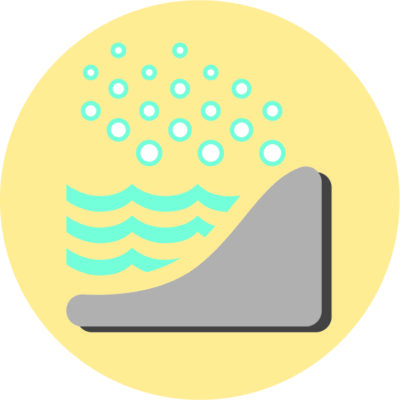
Reduction of water evaporation resulting from midday shade and wind mitigation

Improvements to water quality and reduction in canal maintenance through reduced vegetative growth
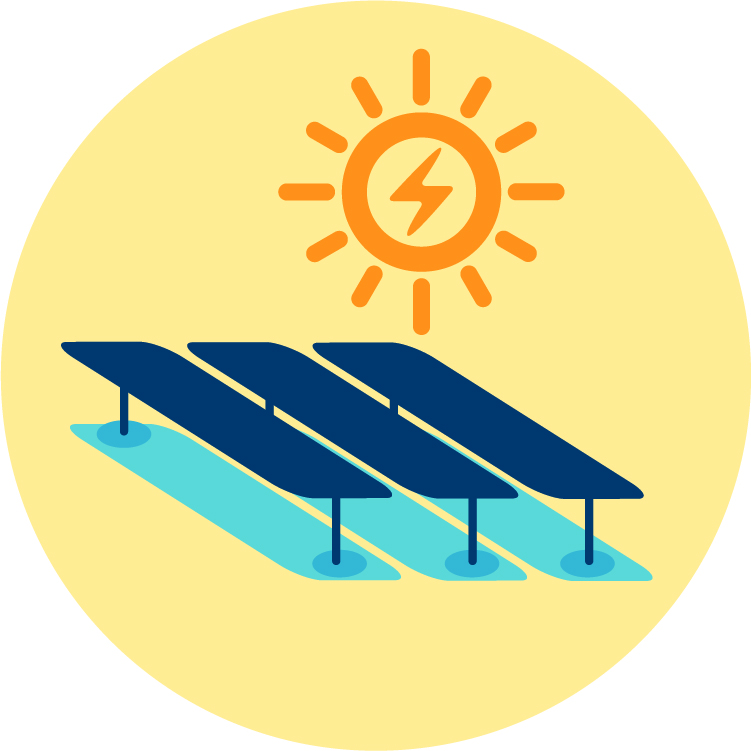
Generation of renewable electricity
Getting to Groundbreaking
A long-time partner to TID, ESA prepared the California Environmental Quality Act (CEQA) documentation for this unique proof-of-concept pilot that will be an important study for the viability of future solar-over-canal designs and deployment.
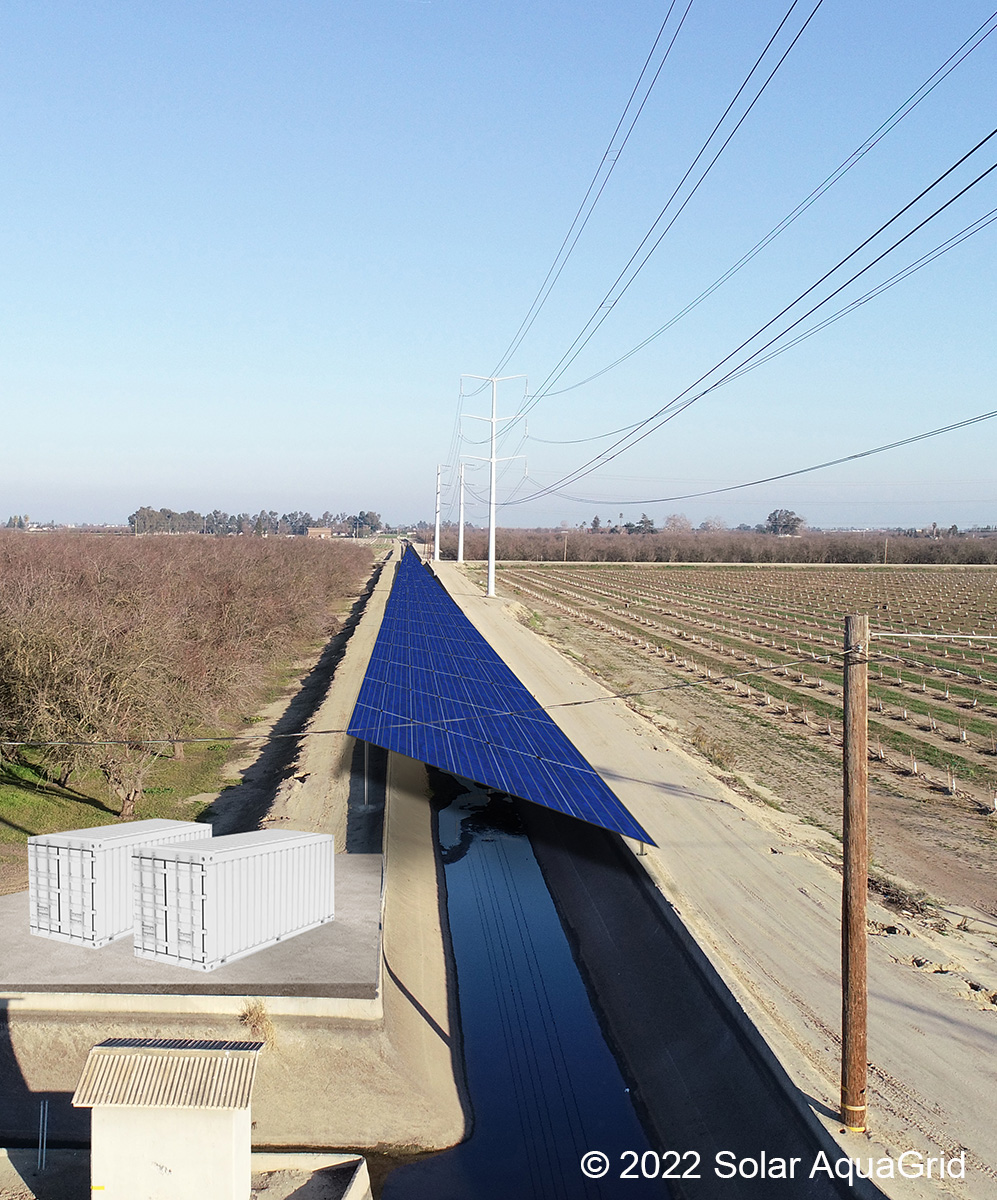
Therefore, it was essential for the environmental review to be broad-based to ensure that all potential designs, locations, and deployment types are covered by the CEQA document, while at the same time offering detailed analyses of effects to sensitive resources, such as biological, cultural, and paleontology resources.
Quantitative analyses for issue areas such as air quality, greenhouse gas emissions, noise, and energy were also included.
ESA scientists initiated the environmental review for the project in May of 2022 by conducting biological and cultural resources surveys and collecting noise data at multiple locations throughout Stanislaus County.
Based on the conclusions of the analyses, TID found that Project Nexus would not result in significant adverse effects on the environment with implementation of recommended mitigation measures for biological resources, cultural resources, paleontology, and noise.
On August 2, 2022, TID released the Draft Initial Study/Mitigated Negative Declaration (IS/MND) for a 30-day review period that allowed local and state agencies and interested members of the public an opportunity to weigh in on the environmental review of Project Nexus. TID released and adopted the Final IS/MND on November 22, 2022 and approved Project Nexus, allowing the project to move forward. Groundbreaking is now scheduled for early 2023, with completion expected in 2024.

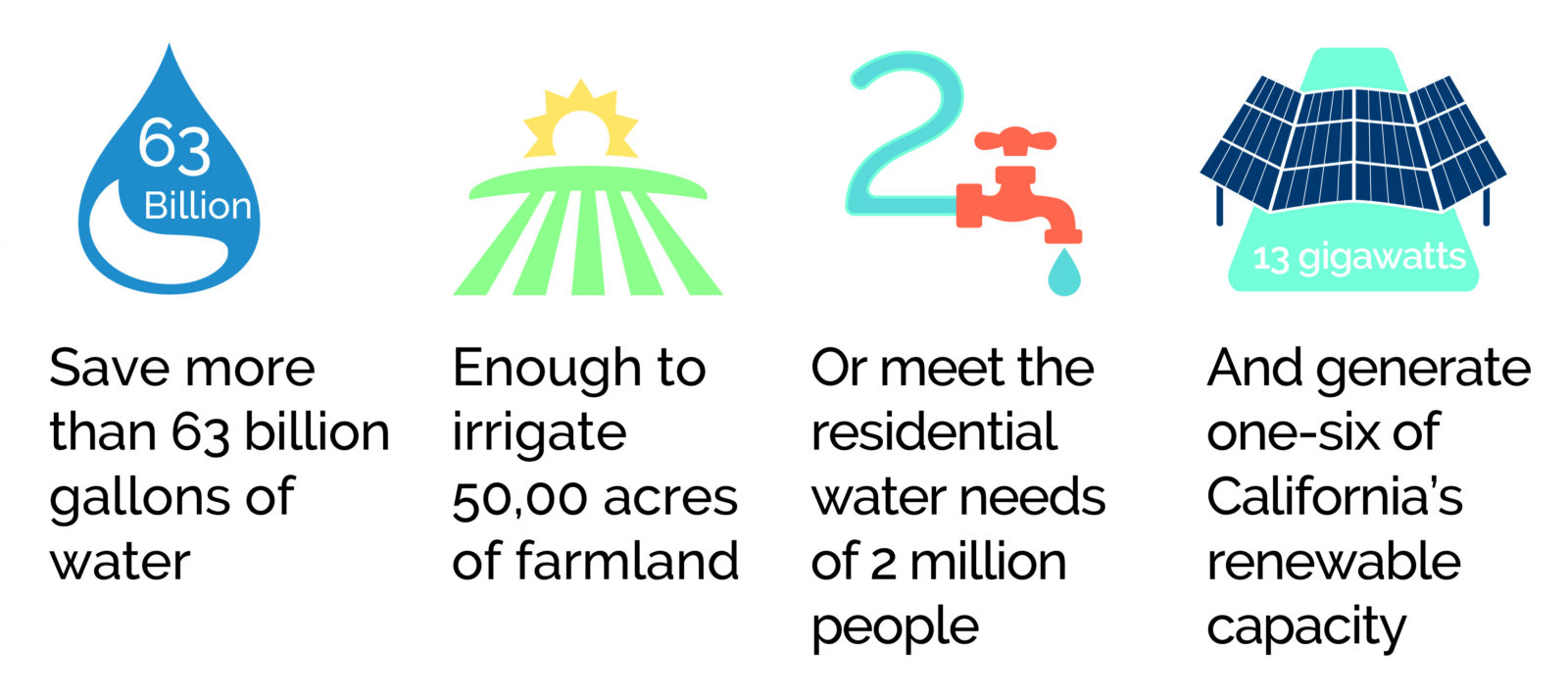
Source: “Energy and water co-benefits from covering canals with solar panels,” McKuin, B., Zumkehr, A.,
Ta, J., et al, UC Merced, 2021.
A novel project like this requires a deep understanding of the symbiotic relationship between water management and energy production. ESA has considerable expertise in providing integrated and enduring solutions for water conservation amid today’s challenging backdrop, as well as in navigating the dynamic complexities of renewable energy projects from concept to completion.
Project Nexus has the potential to demonstrate an innovative water-energy nexus solution that can be replicated elsewhere in the state, and even the nation as federal funding for clean energy projects continues to increase. For more information on ESA’s environmental review and documentation services, reach out to ESA Senior Program Manager Meredith Parkin.
Solar panel renderings courtesy Solar AquaGrid

